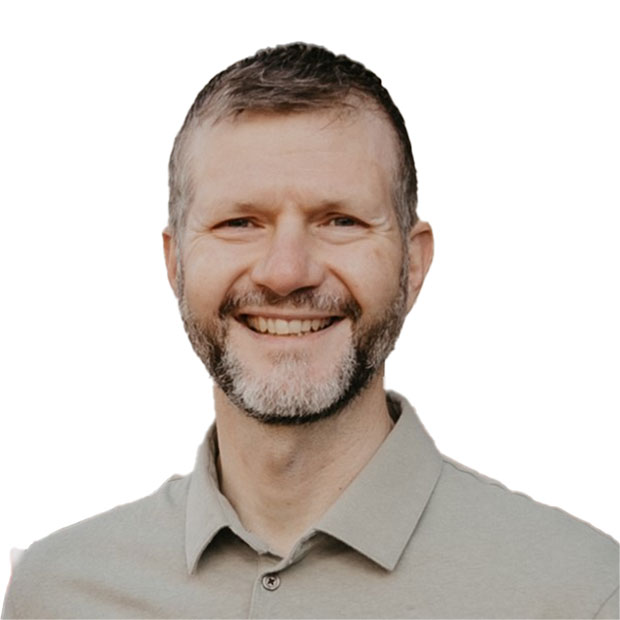Any number of market research reports tell us that the 3D machine vision is set for significant and sustained growth, and it’s no surprise.

Today’s manufacturing and logistics operations require the sorts of granular data insight that 3D sensors and software algorithms deliver, and industrial working environments and use cases increasingly require 3D capabilities, including vision-guided robotics (VGR).
Among warehousing leaders, 65% plan to implement machine vision solutions and mobile sensors on forklifts and robots in the next 1-5 years, to help meet fill rates, prepare orders, and improve order accuracy and outbound processes.
And in manufacturing, we see real life examples of companies using 3D solutions to gain better asset visibility and intelligently automate inspection and sortation operations:
•Marine food manufacturers achieved visual inspection rates approaching 100% accuracy using a 3D profile sensor as part of a machine vision classification and sorting system. In one example, it is processing up to 20 tons of frozen tuna per hour by species, size and quality for clients.
•Automotive OEMs secured a 10-15% defect rate reduction in their quality inspection processes using a solution built on dual-camera, single-laser 3D sensor hardware and partner AI software. The vision system scans items like car doors, capturing thousands of data points, and turns those into highly detailed point cloud and depth map representations for defect inspection.
But which type of 3D technology is the right one for a given use case? Several imaging techniques dominate the sphere of 3D imaging, each offering unique advantages suited to specific industrial challenges while presenting inherent trade-offs. There are a range of sensing methods, and here I’d like to focus on laser triangulation, structured and paralleled light approaches.
Laser Triangulation
Laser triangulation provides exceptional precision and reliability for industrial scanning. The principle involves projecting a laser line onto a target while a camera evaluates the reflected laser’s geometry to determine depth. Bends in the laser line follow the contour of an object, and an image sensor captures these bends as a series of profiles as the object moves past the sensor’s field-of-view (FoV).
By analysing these profiles, the system generates various types of 3D data, including profiles, depth maps, and point clouds. This technique is particularly effective in scenarios requiring high-speed, high-precision scanning, such as conveyor belt inspections for quality assurance and defect detection.
The ability of laser triangulation to create dense 3D point clouds makes it well-suited for dimensional measurement tasks, as well as for intricate geometric profiling. For example, medical device manufacturing and electronics assembly rely on laser triangulation to inspect small, machined parts and ensure precise tolerances.
Alternatively, the system can scan stationary objects by moving the profiler across the target, enabling detailed analysis of larger or static items. Recent advancements in laser triangulation technology have addressed key challenges like optical occlusions and data accuracy.
Dual-camera, single-laser designs, for instance, improve scan coverage by reducing voids and gaps in the data, while offering operational flexibility. Depending on the application, these systems can operate in synchronous mode to maximise image reproduction quality or in alternating mode to effectively double the scan rate.
Structured Light
Structured light 3D imaging is like laser triangulation in that it generally uses one or two cameras positioned at an oblique angle to a light source. The cameras capture and decode distortions in a projected light pattern caused by the surface topology of the object being scanned.
This technique relies on an LED or laser light source to project patterns—such as dots, lines, or more complex coded patterns—onto the target object’s surface. As the object’s surface deforms the pattern, the camera(s) capture images of these distortions, and algorithms reconstruct the 3D geometry of the object’s surface.
Structured light is renowned for its high resolution and accuracy, particularly in close-range applications where capturing fine details is critical. For example, this technology is often used in quality inspection tasks, such as identifying defects on intricate surfaces or measuring small components with submillimetre precision.
However, traditional structured light systems struggle with motion artifacts when scanning objects in motion, making them less suitable for high-speed workflows where precision and throughput are equally important.
Parallel Structured Light
Advances in structured light technology, such as the use of parallel structured light, have addressed these limitations by enabling accurate 3D imaging of moving objects. Parallel structured light systems use specialised sensors, such as complementary metal oxide semiconductor (CMOS) mosaic sensors, to enable single-shot acquisition of dynamic objects at high resolution. These systems also provide a generous range and field of vision, allowing for the versatile scanning of both small and large objects.
Applications for structured light technology span a variety of industries, including:
•Automotive: Performing gap and flush inspection, detecting defects on die-cast/stamped parts.
•Manufacturing: Handling quality inspection of small, detailed components, such as medical devices or electronics assemblies.
•Logistics: Depalletising and dimensioning items of various sizes for efficient handling and shipping workflows.
•Robotics and automation: Supporting collaborative automation tasks, such as guiding robotic arms in pick-and-place operations or inspecting objects in motion on conveyor systems.
You can read out to our machine vision partners here: www.zebra.com




Comments are closed.